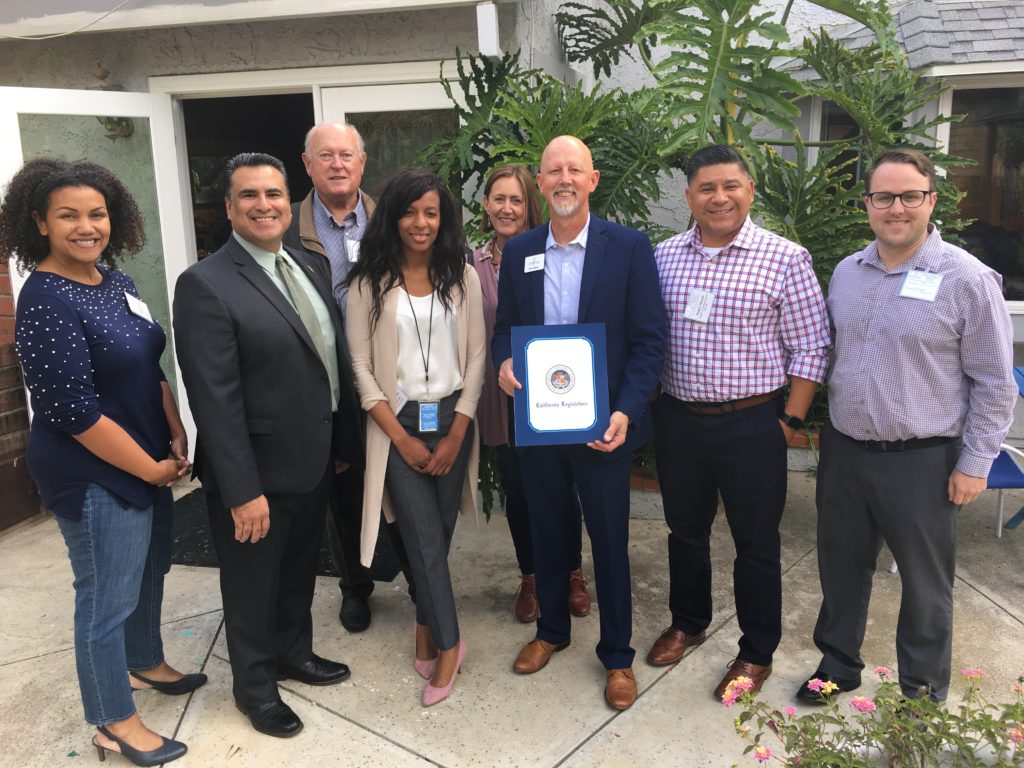Imagine a teacher with a class of 35 ninth-grade students. In fifteen years of teaching, she’s seen plenty of “those kids”: the highly energetic one who drums with his pencil, the perfectionist who cries at a B+, the overachiever who asks for extra homework, the awkward kid who makes frequent not-quite-funny comments, the artistic one who doodles, the musical one who sings through most classes. Mixed in with those stand-outs are all of the other kids—just kids trying to get through the strange social dynamics of high school. She is used to all kinds of behaviors. So, when a 15 year-old boy begins to fall asleep in class a lot, becomes inconsistent with homework, is well-groomed one day and not again for a few days, she can chalk it up to teenage behavior, or she can look more carefully. More than likely, among all of those students, that teacher has unknowingly encountered at least one teen who is homeless. Could this student be one of them?
Most youth who find themselves on the street are fleeing trouble at home. They may have experienced a mental health crisis, family violence, conflict over emerging sexual identity, or drug or alcohol abuse. These are not kids who storm out of the house after a fight about cell phone boundaries with Mom. Their circumstances are much more serious than that. They think they are safer on the streets, but the statistics tell us that they are not.
Experts estimate that youth are approached for commercial sexual exploitation within 48 hours on the street. As these young girls and boys couch surf in unsafe places, they are often forced to engage in “survival sex” to maintain temporary shelter.
Most of these kids are in school, hiding the truth from their teachers and peers from shame. School, despite all of its pubescent tensions, is the one place they can feel “normal” and ignore the stigma of living without a home. As they seek to fit in, they are hard to locate. But we do hear about it. A friend, school counselor, teacher, or law enforcement can bring reports to us when they encounter kids living on the street, and we have a response ready for such youth.
Interface’s youth shelter is now open! Our shelter is the only place for runaway homeless youth in our region. In the past, we have had 95% of sheltered youth successfully housed and safe, 85% of which went back with their family or extended family with additional support from Interface programs. These kids stayed in school every day while they were in the shelter and moved through rapid family mediation and counseling that addressed the root issues that caused them to flee their homes in the first place. As ever, we commit to caring for the whole person and the whole family. We do not just treat a symptom of a problem. We look deeper to heal the condition so that it does not grow to create further community concerns. Homeless youth who do not receive such care are at dramatic risk of falling into a prison-homelessness cycle, caught in drug or alcohol addiction, abuse, and exploitation, or dead.
One hundred percent of the kids who come through our shelter are local youth. They are our neighbors and, therefore, our collective responsibility. The myth of kids from other communities “drifting through” is not what we see. We sheltered one 15 year-old boy for an entire year who previously lived in a local park. He slept in bushes and walked to his high school every day. He is now in safe housing and off the street. Typically, youth stay with us for only 11 days because we have a rapid shelter/family engagement/reunification model. Once youth are in permanent housing situations, we continue to check in on them at 30, 60, and 90 days to make sure they are not just surviving, but beginning to thrive again.
If you work in education or other contexts with adolescents, check out this helpful link with warning signs that may help to identify students who may need assistance. If you would like to support our work on behalf of these youth, please consider donating here and selecting Youth Crisis and Homeless Services. These funds allow us to shelter more youth, to staff their family mediation and counseling, and to do the prevention work that keeps kids like these off the streets in the first place. Your gift matters to us. Most of all, your gift matters to them.
Interface’s Youth Outreach Line serving Ventura County Youth from age 12-21, can be reached by dialing 211 or at (805) 469-5882.
With respect and compassion,

Erik Sternad
Executive Director
Click here to donate or call (805) 485-6114.

County leadership, Interface staff, and board members at the runaway homeless youth shelter open house May of 2019





